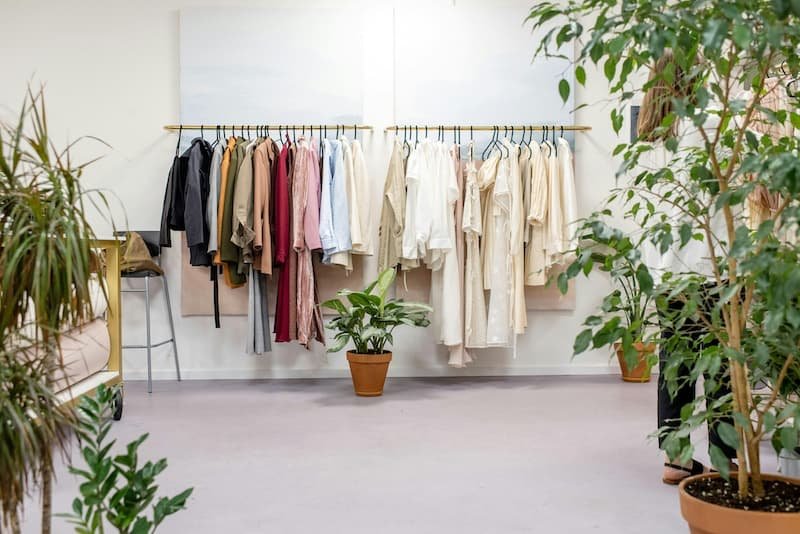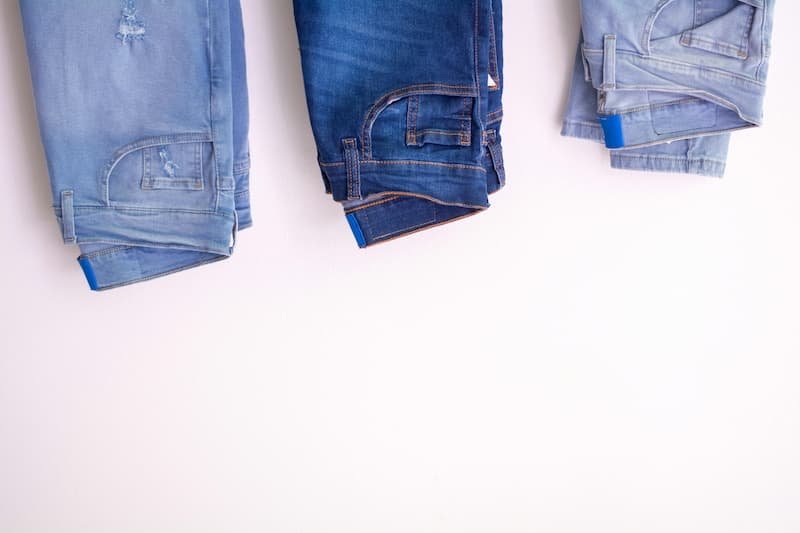
 Olivia Møller
Freediver - Activist - Explorer
Olivia Møller
Freediver - Activist - Explorer

 Olivia Møller
Freediver - Activist - Explorer
Olivia Møller
Freediver - Activist - Explorer
In an age where trends change faster than the seasons, the sheer volume of clothing being produced has reached absurd proportions. According to "Buy Now! The Shopping Conspiracy" Gap churns out 12,000 new styles every year, H&M follows with 25,000, Zara pushes it further with 36,000, and then there's Shein—standing alone in a league of excess with a staggering 1.3 million new styles annually. It’s an avalanche of fabric, stitching, and marketing, designed to fuel a cycle of endless consumption, a cycle that thrives on the illusion of need.
There was a time when clothing served a simple, practical purpose: to cover, to protect, to express. But somewhere along the way, it became something else entirely—a commodity of rapid obsolescence, a fleeting thrill that disappears as quickly as it appears on our screens. The fast fashion industry has expertly woven itself into the fabric of our lives, convincing us that last month’s wardrobe is already outdated, that the next must-have item is just a click away.
It’s not just about style anymore. It’s about speed. The faster clothes hit the shelves, the faster they’re discarded. The allure of a new outfit, a fresh trend, a reinvented look—all of it manufactured with the same relentless efficiency that drives fast food or smartphone upgrades. But unlike tech gadgets, these garments don’t just fade into obsolescence; they pile up in landfills, in secondhand markets, in the corners of our closets, each one carrying the weight of wasted resources and invisible labor.

Behind every cheap price tag lies an ecosystem of exploitation. Factories operate at breakneck speeds, workers endure grueling hours for minimal pay, and environmental damage becomes collateral in the pursuit of profit. The dyeing, the weaving, the packaging—each step leaving behind toxic footprints that seep into rivers, skies, and soil. Cotton fields drain water reserves, synthetic fibers pollute oceans, and discarded garments create mountains of waste that will outlast their owners by centuries.
And yet, the cycle continues. Social media, influencers, and algorithm-driven ads feed the insatiable hunger for more. Clothing hauls become a form of entertainment, unboxing videos a ritual, and trends a fleeting form of self-expression dictated by forces beyond our control. The concept of "enough" no longer exists; there's always another trend waiting to be worn, another flash sale beckoning with urgency.
But do we really need all of this? The reality is sobering. Our ancestors lived with a handful of garments, repairing and repurposing them as needed. Clothing was an investment, not a disposable thrill. Today, we’ve traded durability for disposability, and in the process, lost our connection to the value of what we wear. We don’t need a closet bursting at the seams with items worn once or twice before being cast aside. We need a fundamental shift in mindset—one that values quality over quantity, sustainability over speed, and meaning over momentary gratification.

The recent Netflix documentary, Buy Now! The Shopping Conspiracy, sheds a harsh light on the relentless overproduction and wastefulness of the fast fashion industry, exposing how brands have turned fashion into an unsustainable treadmill of consumption. Through interviews with industry insiders, environmental experts, and former fast fashion executives, the documentary reveals the hidden costs of our obsession with cheap, trendy clothing. It questions whether we truly need so much, encouraging viewers to reconsider their purchasing habits and the impact their choices have on the planet. In a world where instant gratification reigns supreme, Buy Now! forces us to confront an uncomfortable truth: our wardrobes are overflowing, and it’s time to rethink what we value in the clothes we wear.
There’s a quiet rebellion growing in the cracks of the fast fashion empire. People are beginning to ask questions, to seek alternatives, to recognize that clothing isn't meant to be a seasonal fling but a long-term relationship. Sustainable brands, second-hand shopping, and mindful consumption are slowly reclaiming space in a world dominated by excess. The desire to break free from the churn of fast fashion is there, waiting to be nurtured.
The truth is, fast fashion isn't just about the clothes. It’s about a culture of impatience, of disposability, of insatiable hunger for more. It’s a mirror reflecting our collective discomfort with stillness and contentment. But maybe, just maybe, it's time to step off the treadmill, to embrace the idea that we already have enough, that we don’t need a new outfit to feel fulfilled. Maybe it's time to wear what we have with pride, to mend, to cherish, and to slow down in a world that’s always racing ahead.

Because in the end, fashion should be an expression of who we are—not a reflection of how much we consume. The decision to opt for fewer, better-made pieces isn’t just an act of rebellion against the fast fashion industry; it’s a step towards a more thoughtful, intentional life. By embracing conscious choices, we reclaim not only our wardrobes but our values—choosing to invest in things that truly matter, rather than succumbing to the endless churn of fleeting trends.